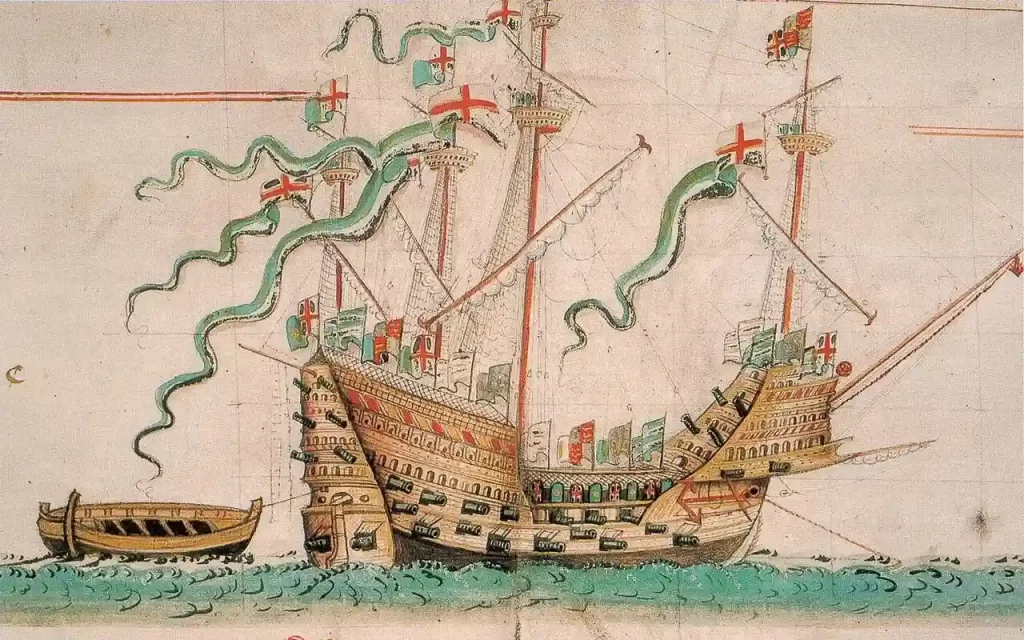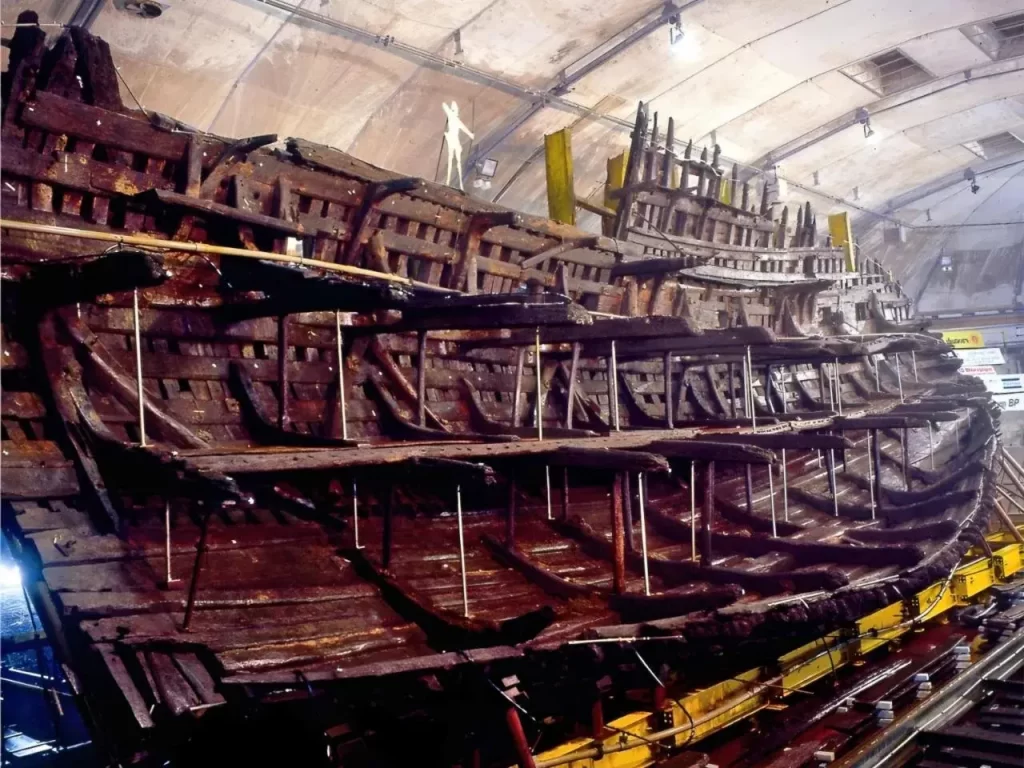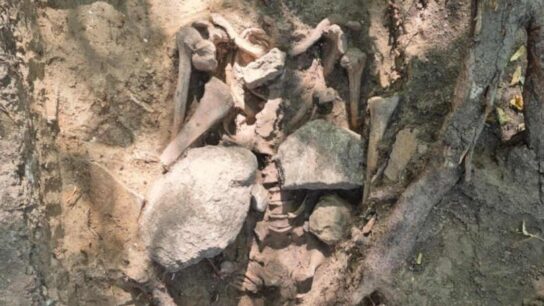A Tudor warship sank nearly 500 years ago. The bones of its crew reveal what life was like
Recent research on skeletal remains from the Mary Rose, a Tudor warship under King Henry VIII, has uncovered fascinating insights into how bone chemistry varies with handedness and age, potentially advancing modern medical science.

This study, led by Dr. Sheona Shankland of Lancaster University and published in the PLOS ONE journal, involved examining clavicle bones from twelve male crew members aged 13 to 40.
Using a non-destructive technique called Raman spectroscopy, researchers found that the chemistry of the clavicles changed in ways that may reveal new aspects of lifestyle and physical strain endured by the sailors of that era.
The Mary Rose, a flagship commissioned in 1511, met its tragic end on July 19, 1545, during the Battle of the Solent against the French fleet. It sank swiftly, trapping hundreds of crew members on board.
Following its rediscovery in 1971 and recovery in 1982, the ship and its contents, including the bones of its crew, were astonishingly well-preserved.
This preservation enabled scientists to analyze the physical characteristics, health, and even occupational stresses experienced by the Tudor-era sailors. The findings from this analysis are exhibited at the Mary Rose Museum in Portsmouth, England, which displays over 19,000 recovered artifacts.
The study’s core findings reveal that clavicle bone composition varies according to age and handedness, with right-handedness showing a marked influence on bone chemistry. The mineral content of these bones tended to increase with age, while protein levels declined—a pattern noted to be more pronounced in right clavicle.
This observation led the researchers to infer that right-handed sailors might have exerted more stress on their right side through repetitive, ship-related tasks, aligning with historical biases favoring right-handedness and stigmatizing left-handedness.
“This research opens doors to understanding age-related changes in bone chemistry,” Dr. Shankland remarked, emphasizing the relevance of these findings to modern health concerns like fracture risk, osteoporosis, and osteoarthritis.
Given the physical demands placed on sailors and the unique stressors on their bones, this information might influence future medical research on bone density and resilience. Prof. Adam Taylor of Lancaster University elaborated on the clavicle’s critical role in attaching the upper limbs to the body, explaining that this bone’s frequent exposure to stress makes it particularly vulnerable to fractures.
Taylor also highlighted that Raman spectroscopy, which uses light to analyze chemical properties without damaging valuable specimens, has proven to be an invaluable tool in this study.

The environment in which the Mary Rose sank contributed significantly to the preservation of the remains. Dr. Alex Hildred, head of research at the Mary Rose Museum, noted that sediment layers created an oxygen-free setting, preventing the usual degradation of bones and other organic material.
“The remains of the sailors have not degraded in the same way that would be expected in most archaeological discoveries,” Dr. Shankland explained, underscoring the unique conditions that allowed for such detailed bone analysis centuries later.
Notably, the study also offers a lens into the social stigmas of Tudor England, where left-handedness was often equated with witchcraft. This bias likely forced sailors to rely heavily on their right hand, leading to the distinctive right-side stress seen in their clavicle.
According to Dr. Shankland, understanding the physical impact of handedness could be crucial in assessing fracture risks since people often instinctively put out their dominant hand to brace themselves during falls.

The implications of these findings suggest broader applications for understanding how physical labor and social customs shape bone chemistry. Dr. Richard Madgwick of Cardiff University, who previously studied other aspects of the Mary Rose remains, praised the study’s non-invasive approach and the new depth it brings to our understanding of historical lifestyles.
Madgwick noted that while biomechanical stresses on bones have been long studied, the chemical changes this research reveals present “a new approach for gaining insights into human lifeways and the stresses endured in the past.”
Future investigations may focus on the Mary Rose archers’ spinal bones to assess whether their unique activities affected their spinal chemistry asymmetrically.




